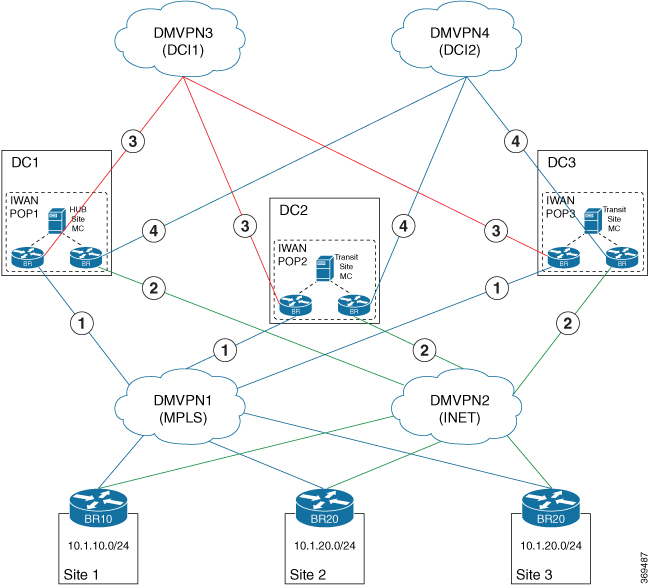Feature Information for PfRv3 Inter-DC Optimization
The following table provides release information about the feature or features described in this module. This table lists only the software release that introduced support for a given feature in a given software release train. Unless noted otherwise, subsequent releases of that software release train also support that feature.
Use Cisco Feature Navigator to find information about platform support and Cisco software image support. To access Cisco Feature Navigator, go to www.cisco.com/go/cfn. An account on Cisco.com is not required.|
Feature Name |
Releases |
Feature Information |
|---|---|---|
|
PfRv3 Inter-DC Optimization |
Cisco IOS XE Everest 16.6.1 |
The following commands were introduced or modified: domain , inter-dc , interdc-path-preference . |


 Feedback
Feedback